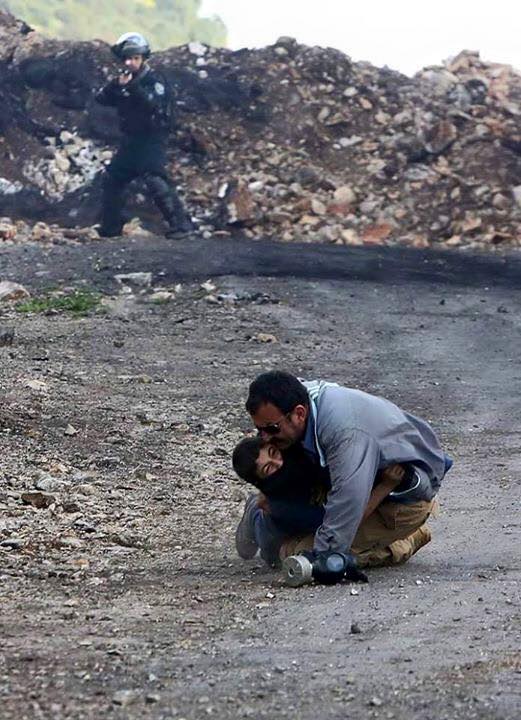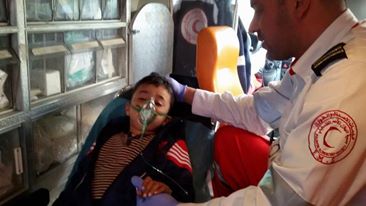Tag: Apartheid Wall
-
11 year old shot in Kafr Qaddum demonstration
15th March 2016 | International Solidarity Movement, al-Khalil team | Kafr Qaddum, occupied Palestine On Friday the 4th or March, Palestinians and international activists alike joined together to march against Israel’s illegal occupation in Kafr Quaddum. During this march, the boy identified as Khaled, 11 years of age was shot with live ammunition and suffered…
-
Israeli forces attack peaceful demonstration and suffocate civilian population
5th March 2016 | International Solidarity Movement, al-Khalil team | Ni’lin, occupied Palestine On 4th March 2016, the village of Ni’lin held their weekly protest against the illegal Israeli occupation, the illegal settlements and the theft of the village’s land. Israeli forces attacked the peaceful demonstration inundating the whole area with massive amounts of tear…
-
Peaceful demonstrators tear gassed by Israeli army at Bil’in
4th March 2016| International Solidarity Movement, Al-Khalil team | Bil’in, occupied Palestine Today, groups of Palestinians, Israelis and other activists from around the world marched together in solidarity to oppose the zionist regimes annexation wall and illegal settlement of Modin Ilit. The settlement has been built on part of the once Palestinian land from the…



